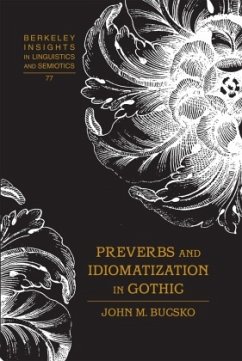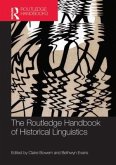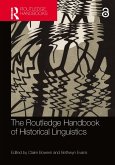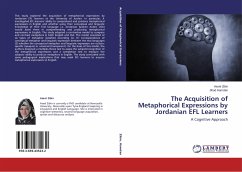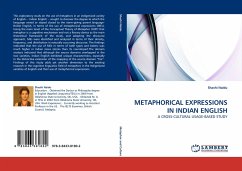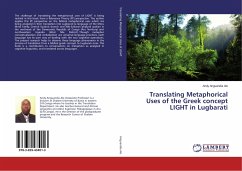It is very common in Indo-European languages to derive new, compound verb forms from verb bases by adding prefixes to them. These prefixes, or preverbs, are originally derived from invariant forms and generally come from one of three categories: adverbs, adpositions (prepositions or postpositions), and inseparable particles. Preverbs and Idiomatization in Gothic focuses on these attributes of the Gothic language. The use of preverbs in Gothic is quite extensive in that over half of the verbs in Gothic show prefixation. Of the many stems that have preverbs attached, some alter the meaning of the original verb while others do not appear to change the meaning significantly. This book examines the use of preverbs in Gothic, with the specific focus on significant meaning changes or idiomatization, in which the resultant form does not mean simply the sum of its parts but takes on a new meaning that may or may not be clearly related to the meanings of the original forms.
«This is an excellent and innovative study of a notoriously difficult set of lexical semantic issues, issues that arise in a great many languages and that have rarely or never received an analysis as insightful as the one we find here. The methodology Bucsko has devised for analyzing the semantics of Gothic preverbs - in particular the degree of idiomatization in preverb-verb combinations - is such a significant advance over previous treatments of the general topic that this book should be required reading not only for Indo-Europeanists but for all linguists who seek to analyze comparable phenomena in other languages.» (Sarah Thomason, William J. Gedney Collegiate Professor of Linguistics, University of Michigan)
